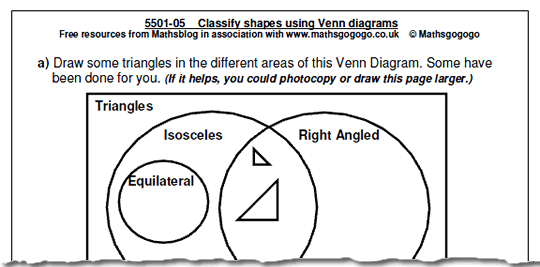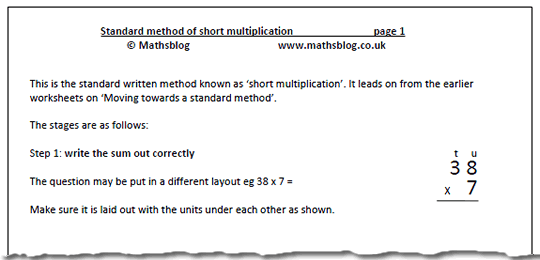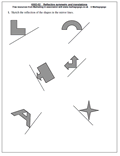 Don’t forget that we have some excellent ‘booster’ pages for children who will be doing their SATs this summer. Here we have some examples of the type of arithmetic questions that come up. An interesting example is the question which asks to put the digits 7, 3 and 4 into the boxes to make the total of 41.
Don’t forget that we have some excellent ‘booster’ pages for children who will be doing their SATs this summer. Here we have some examples of the type of arithmetic questions that come up. An interesting example is the question which asks to put the digits 7, 3 and 4 into the boxes to make the total of 41.
![]() Sometimes there is more than one way to do this type of question and it is a matter of using ‘trial and improvement’ to solve it.
Sometimes there is more than one way to do this type of question and it is a matter of using ‘trial and improvement’ to solve it.
One good way to tackle it is to look at the units (in this case 1) and see which two digits added together will put a 1 in the units. The only option here is is to add the digits 7 and 4 (which make 11), put these in the units boxes and it is easy from there on.
Thanks to MathSphere for letting us use this worksheet.

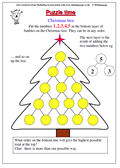
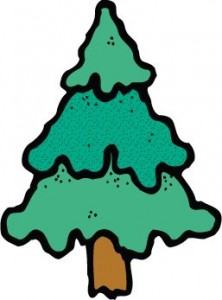 It doesn’t seem like a year ago that this little Christmas maths puzzle was posted, but Christmas is now just around the corner (although our local garden centre would have me believe that it started in early October!).
It doesn’t seem like a year ago that this little Christmas maths puzzle was posted, but Christmas is now just around the corner (although our local garden centre would have me believe that it started in early October!).